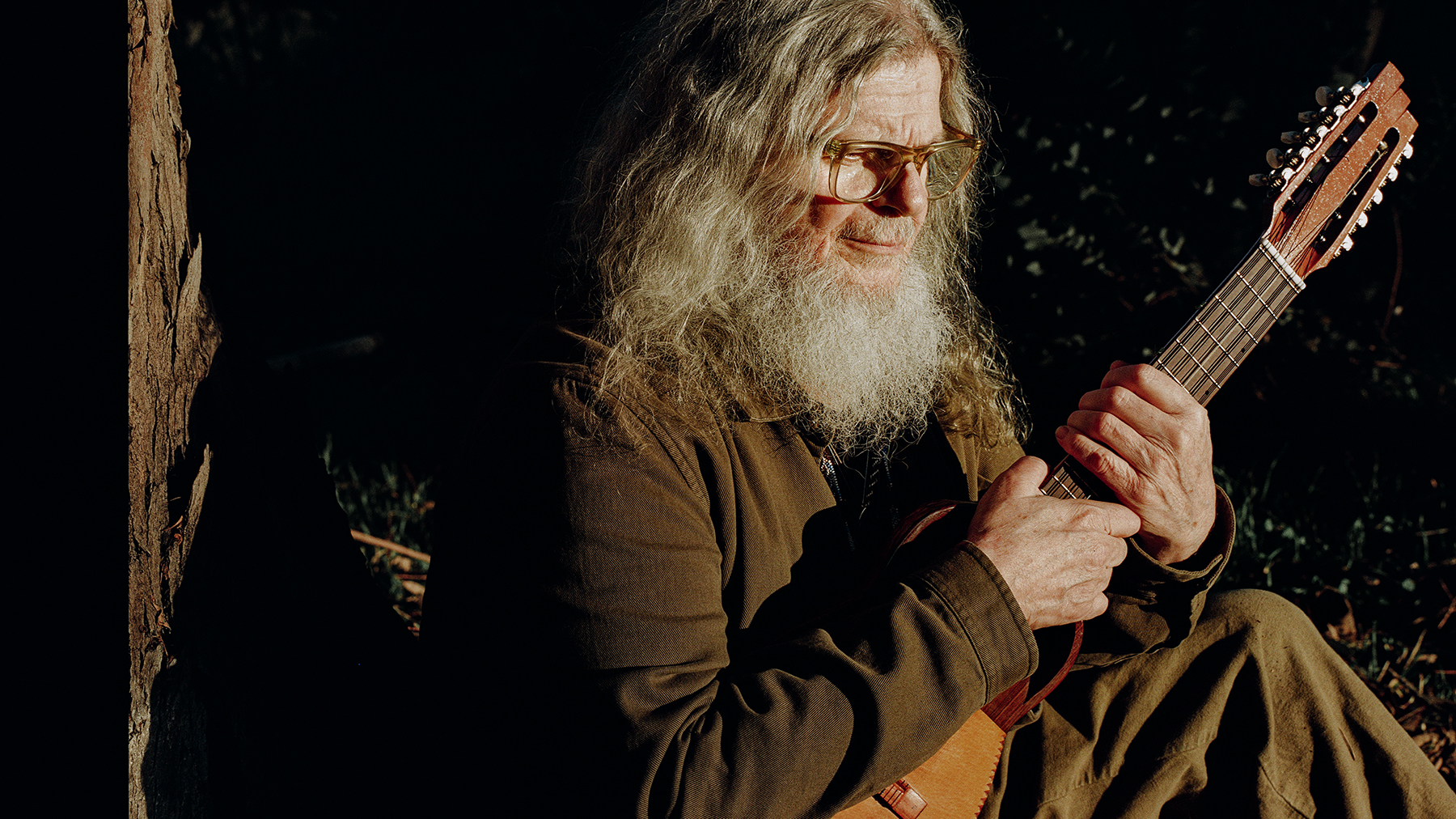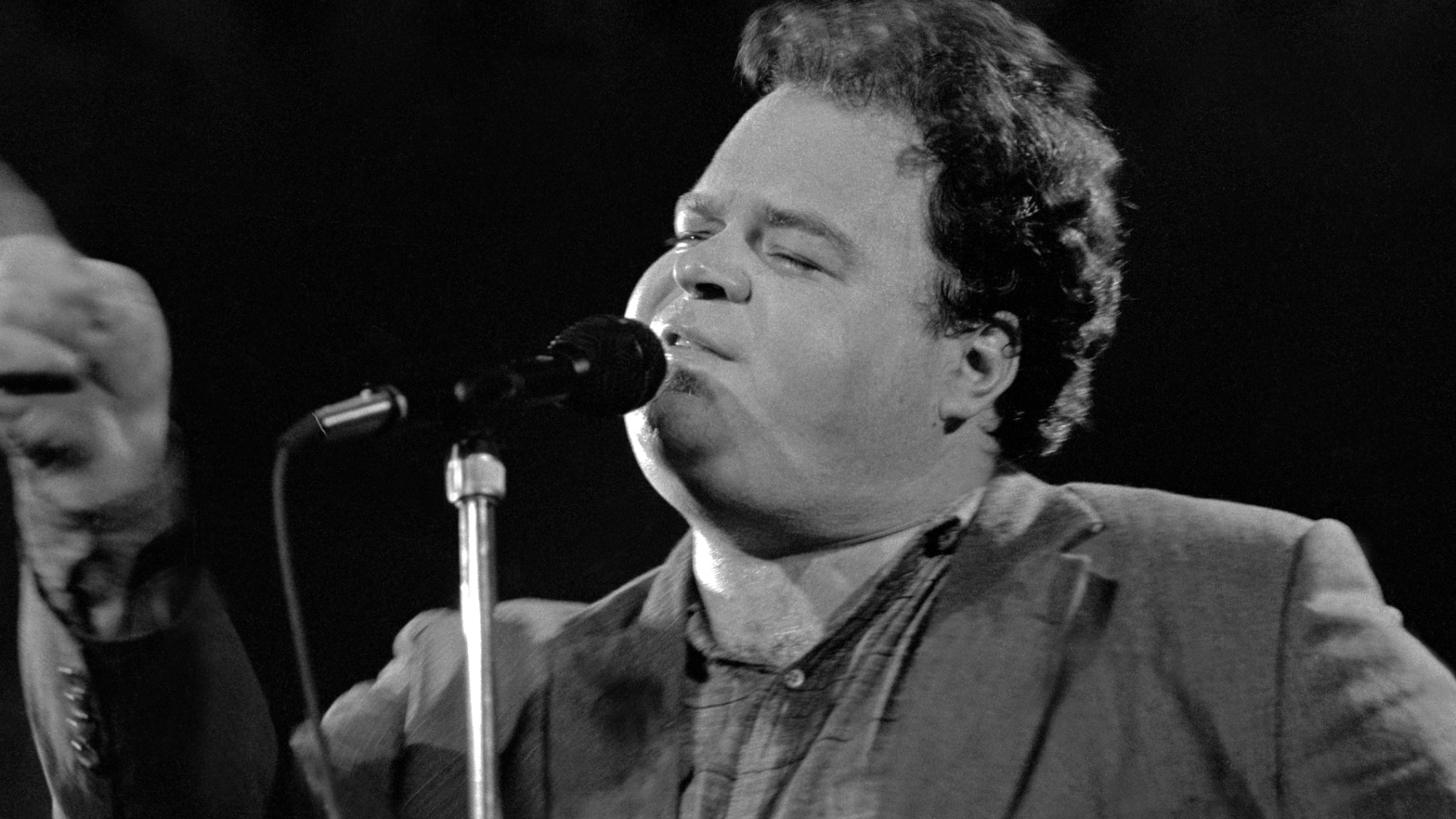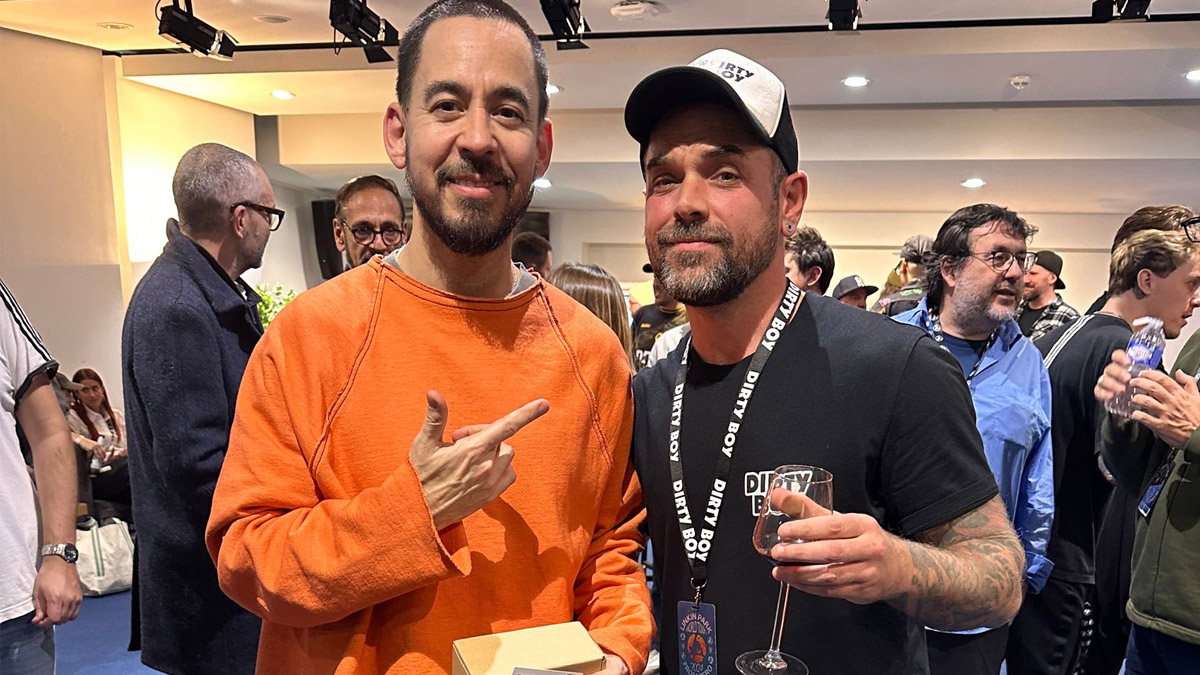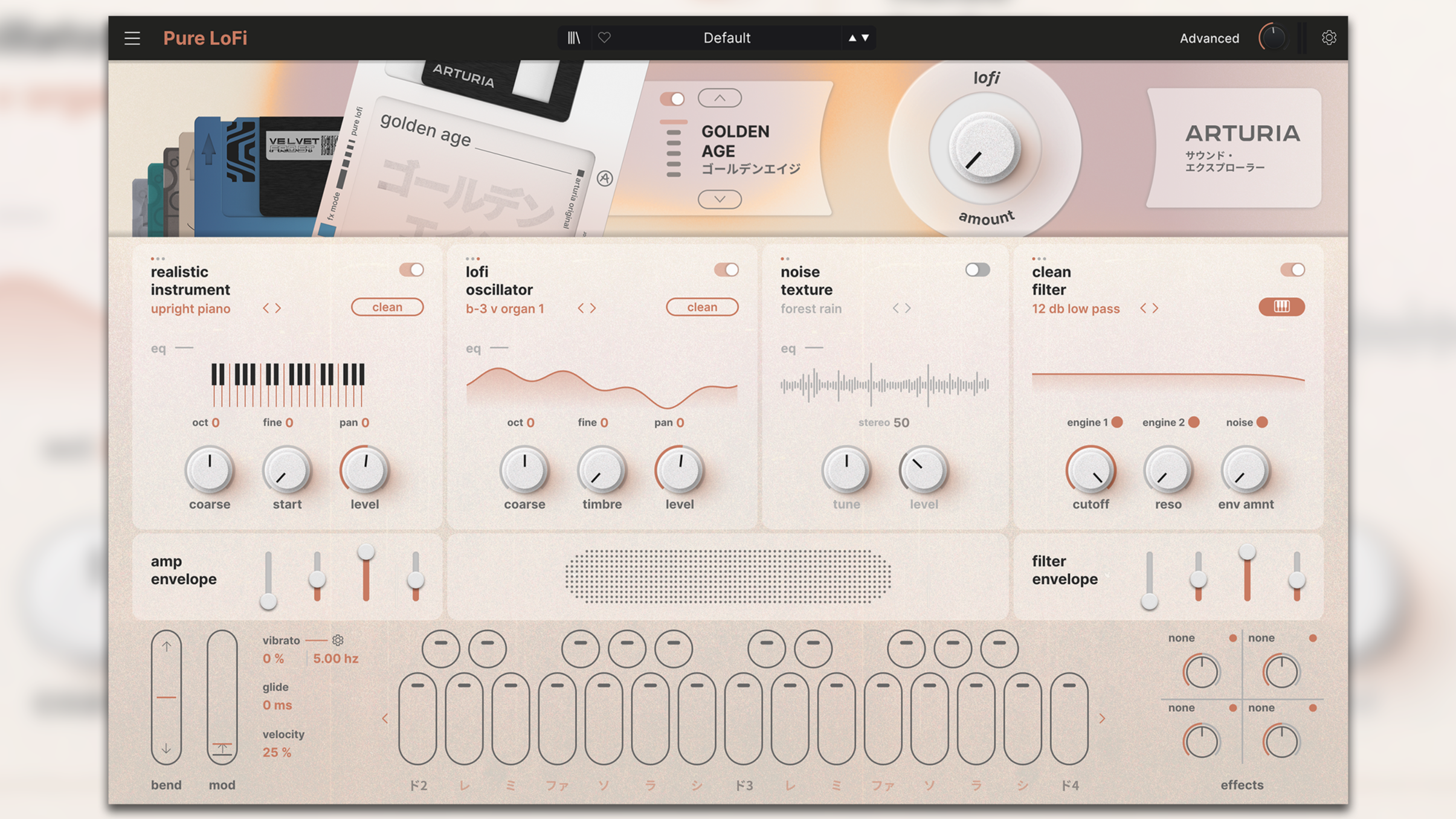“I’m imagining it was a very dry, kind of arid, close sound”: Steven Wilson on the challenges of mixing Pink Floyd At Pompeii – MCMLXXII, how the movie captures a band in transition, and why it is “pure Floyd”
Wilson was in conversation with former Pink Floyd drummer Nick Mason at a special BFI IMAX screening of Adrian Maben's recently restored and rereleased concert movie
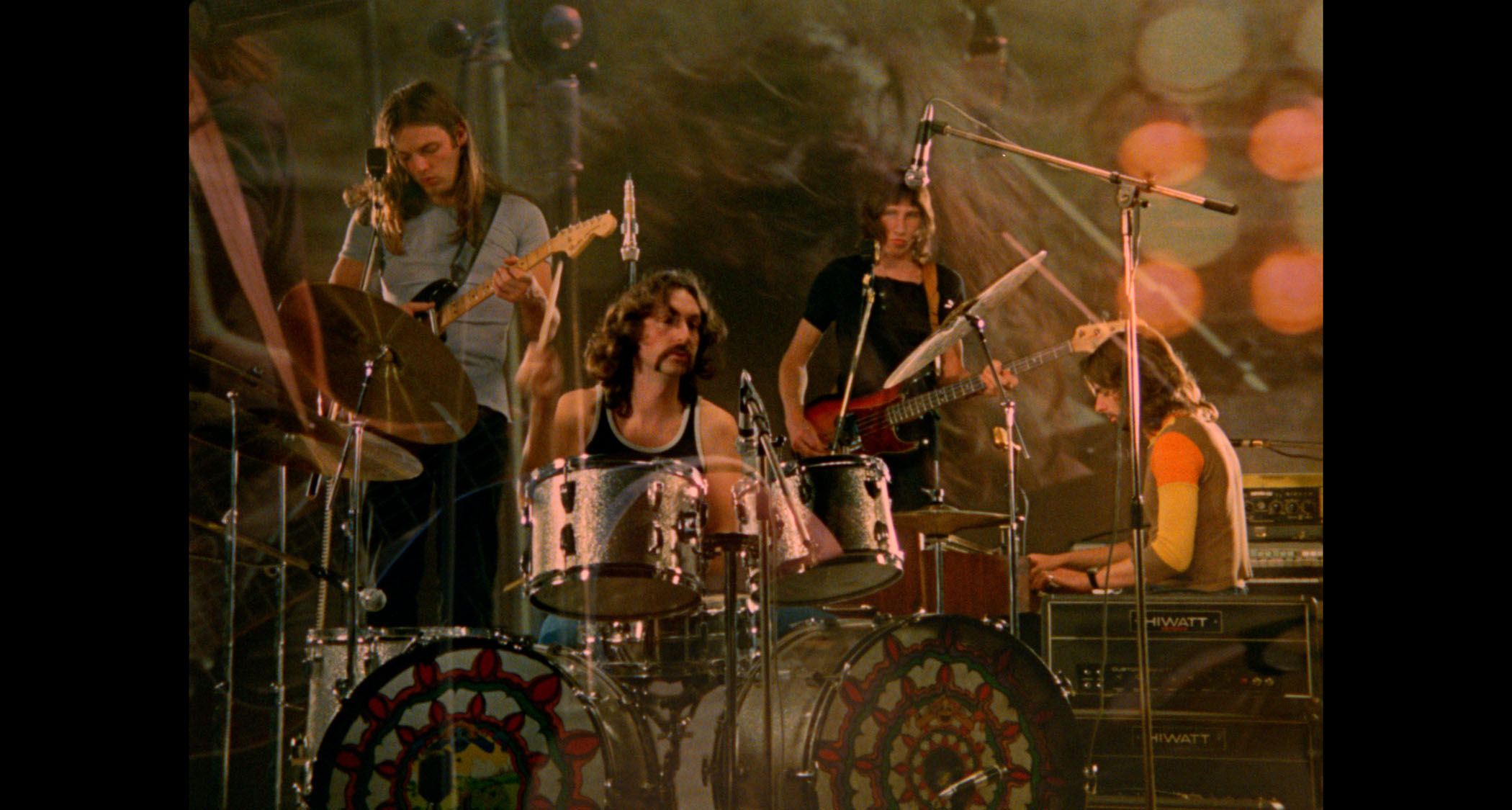
Steven Wilson has been speaking about his experiences of mixing the restored and rereleased Pink Floyd At Pompeii – MCMLXXII film, now showing in cinemas worldwide, with the Porcupine Tree frontman detailing some of the challenges of mixing the original audio into 5.1 and Dolby Atmos, and explaining why it remains an essential document of a band in transition.
Adrian Maben’s concert film captures Pink Floyd performing among the ruins of the Roman Amphitheatre in Pompeii, Italy, a foreshadowing of the deserted lunar aspect of their seminal 1973 studio album, The Dark Side Of The Moon, which we then see being constructed before our eyes as Maben’s camera joins the band at Abbey Road Studios.
Speaking at an advanced screening at the BFI IMAX, in London, where he was joined by former Pink Floyd drummer Nick Mason, Wilson said the original tapes presented him with some limitations that ultimately steered the direction of his mixing process.
“The tapes that I had available to me, there’s essentially just four mono feeds for the band. So the drums are in mono, which means the internal balance of the drums is set,” he said. “There’s not a lot I can do with that. I can’t make the drum sound very stereo, for example. Similarly, the bass, the keyboards, the guitar, they’re essentially a single mono feed each.”
![Steven Wilson [left] in conversation at the BFI IMAX with former Pink Floyd drummer Nick Mason [centre], and host Michael Hann, of the Guardian.](https://cdn.mos.cms.futurecdn.net/XUNtpcgeGd8mLEHcz9F9BA.jpg)
The question is whether he would have wanted to have done that much. Sometimes these limitations steer you towards your original goal, and for Wilson that was to preserve the original feel of a live recording.
There wasn’t a massive amount I could do in terms of making it sound spatial
Steven Wilson
They had to sound like they did when the were performing under the hot Italian sun.
“That's what I was aiming for, because what I was looking at is the movie and I’m saying, ‘Okay, you guys are playing outside. There’s not going to be a lot of ambience, right?’ I’m imagining it was a very dry, kind of arid, close sound,” said Wilson. “You’re playing outside. So I kind of figured, you're not going to add a lot of reverb and artificial ambience and reflections. You want to keep it very close, very organic, and that's kind of what I went for.”
Get the MusicRadar Newsletter
Want all the hottest music and gear news, reviews, deals, features and more, direct to your inbox? Sign up here.
It also helps that the audio is not all that the audience has to go on. What is happening onscreen contextualises the mix. In an alternate universe, perhaps Wilson might have been presented with recordings that could have been easily expanded. But that treatment of the audio would have been wrong for the movie. Having mono feeds of each player was no problem.
“Essentially, what you're trying to do is create a soundtrack which works with the movie. It doesn’t distract the eye,” he said. “So the fact that Nick is essentially mono doesn’t matter, really, because he’s sitting in the middle. So there wasn’t a massive amount I could do in terms of making it sound spatial and surroundy.”
![Pink Floyd rehearse in 1971 while film director Adrian Maben [left] looks on and directs keyboardist Richard Wright.](https://cdn.mos.cms.futurecdn.net/tzCYuqaZzLPXEMtHi7yi37.jpg)
Wilson had access to some overdubs that had been recorded in Paris – extra keyboards, vocals, some of David Gilmour’s electric guitar – but what he had he had. “I was able to do a little bit in terms of opening out. But essentially, most of it, you’re listening to four mono feeds,” said Wilson.
What you are watching, however, is a band stretching out, opening out, and doing something that is uniquely Floydian. As Wilson noted in conversation, would the Who have agreed to Maben’s crazy proposal to come out and perform a live concert amidst the ruins of the Roman Empire for the watching audience of his camera and crew?
“When I was growing up and getting into your music, there was always a sense, which I admired massively, that you didn't cater for your audience at all,” Wilson told Mason. “The audience was almost, like, incidental to what you did. This movie feels like the epitome of that. You’re playing to no audience! That seems to me a very Floyd way of doing things.”
“I think it definitely is,” replied Mason. “It’s a way of giving no quarter to an audience and just doing it our own way.”
By the time the credits roll, Pink Floyd have become a different band. Not that they had wholly divorced themselves from the lysergic sound of their early years with Syd Barrett; they were still a trip. But their sound and their songwriting was being shaped by ideas as much as it was instinct.
There is an aspect of The Dark Side Of The Moon that could be considered an intellectual endeavour. There’s a sense of narrative, or of something preordained. The film captures them pivoting on this axis, teetering on the brink of becoming, for many, the ür-conceptual rock band. Wilson says that makes it an important film.
“It kind of symbolises the transition of Pink Floyd from a post-psychedelic, essentially improvisational band, to a conceptual rock band,” he said. “You see that transition in the movie, because they’re recording Dark Side Of The Moon. So things become more structured, less psychedelic, less improvisational, but the live footage is still very free and very experimental. To have documented that transition is almost unheard of in any band’s history.”
It is also a rarity in Pink Floyd’s history, a project led by people outside of the band. Mason admits they were “unspeakably not interested” when Maben approached them.
This arena, this amphitheater, created such a moment that even without the audience, it had the feel of a full on gig
Nick Mason
Maben’s powers of persuasion are not to be underestimated. But he also had the vision. Maben believed in the artistic merit of having a concert film without the audience.
“The thing that worked about it, that we didn’t see and he did, was this thing of it being a live show, but with no audience,” said Mason. “This arena, this amphitheater, created such a moment that even without the audience, it had the feel of a full on gig.”
Unusually for an iconic gig of the ‘70s – and any era – no one can pretend they were there when they weren’t. But you can go see it now. See Pink Floyd Film for screenings and ticket details. Pink Floyd’s Pompeii set will be released on vinyl on 2 May and is available to preorder.
Jonathan Horsley has been writing about guitars and guitar culture since 2005, playing them since 1990, and regularly contributes to MusicRadar, Total Guitar and Guitar World. He uses Jazz III nylon picks, 10s during the week, 9s at the weekend, and shamefully still struggles with rhythm figure one of Van Halen’s Panama.
You must confirm your public display name before commenting
Please logout and then login again, you will then be prompted to enter your display name.
“Thank God I was French and my voice was terrible, so I couldn’t write songs - otherwise I would be like any other musician”: Air's Nicolas Godin reflects on the success of Moon Safari
“91% believe dynamic pricing should be outlawed”: Music fans have spoken: The Music Fans Voice survey has just released its results










